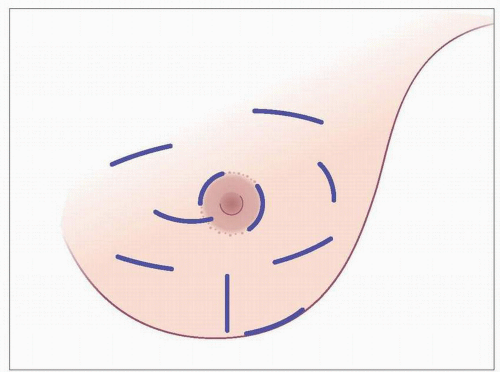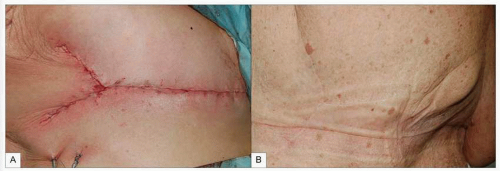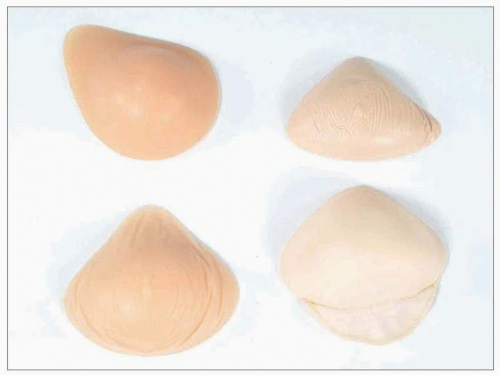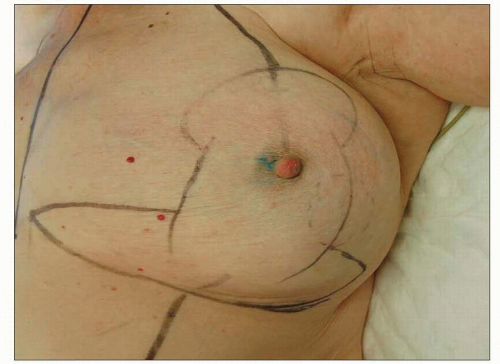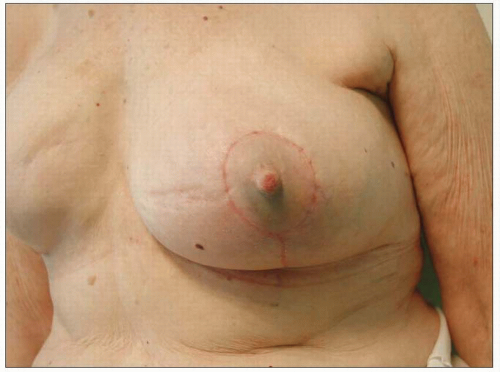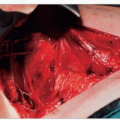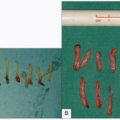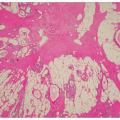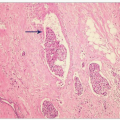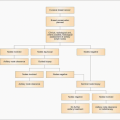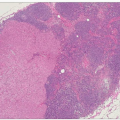Aesthetic Aspects of the Treatment of Breast Cancer
|
The aesthetic impact of all surgical interventions on the breast should be considered prior to the procedure, whether a needle biopsy or mastectomy. Incision placement should allow adequate access and the incision should be placed with consideration of the skin crease lines and how obtrusive the scar may be. Resection of skin or large amounts of breast tissue distorts the breast, particularly if followed by radiotherapy, and the effect of this should be considered. While a mastectomy always has a profound impact on body image, a flat scar without a dog ear of tissue at either end is crucial to allow placement of an external prosthesis and psychological adjustment to the procedure. Incision planning and the use of techniques to avoid unsightly wounds such as fishtailing may assist this.
The increasing awareness of oncoplastic techniques has allowed excision of large amounts of breast tissue without distorting the breast shape. This is performed by volume displacement – mobilization of breast tissue to minimize a defect; volume replacement – filling a defect with tissue from elsewhere (usually the latissimus dorsi muscle); and by surgery on the contralateral, normal breast to maintain symmetry using reduction mammoplasty techniques. One potential problem with oncoplastic procedures is that they tend to be used in young women where the risk of recurrent disease is appreciable and in whom further procedures may therefore be necessary. If a latissimus flap has already been used, then this does limit the techniques available for subsequent breast reconstruction if mastectomy becomes necessary.
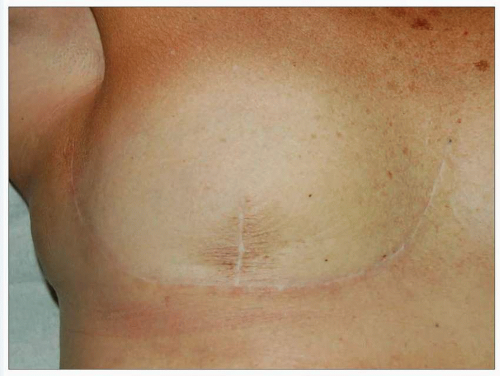 12.3 Another option for trying to abolish the lateral dog ear following mastectomy is to use a Wise-pattern type incision as used for breast reduction. |
Breast reconstruction
All women undergoing mastectomy who are fit enough to undergo the procedure should be offered breast reconstruction. It is impossible to replace the breast but various surgical techniques can be used to create a breast mound which provides reasonable symmetry with the normal side when clothed and, ideally, naked. Unless the nipple has been preserved at the initial mastectomy procedure, it will be absent (but it can also be reconstructed). Reconstructed breasts have variable amounts of scarring and numbness. The reconstructed breast will also often not become ptotic with age particularly if an implant-based reconstruction has been used. Breast reconstruction can be performed at the time of mastectomy or at any time after oncological treatment is complete. There is no evidence that immediate reconstruction significantly delays subsequent adjuvant treatment but the adjuvant treatment (particularly radiotherapy) may affect the appearance and texture of the reconstructed breast and so affect selection of the type of reconstruction. It may not be possible to reconstruct a symmetrical breast but the patient may not want a breast of the same dimensions as the original and additional surgery can be performed on the contralateral normal breast either to reduce its size with breast reduction or to increase the size (augmentation) with an implant to achieve symmetry.
There are three commonly used techniques for breast reconstruction with multiple minor variations. These replace the breast volume with either implants or tissue brought from elsewhere or a combination of both. The choice of reconstruction will depend on the circumstances and wishes of the patient following discussion of the risks and expectations of each procedure with the surgeon and breast care nurse.
Expander/implant reconstruction (Figures 12.7, 12.8




Stay updated, free articles. Join our Telegram channel

Full access? Get Clinical Tree




